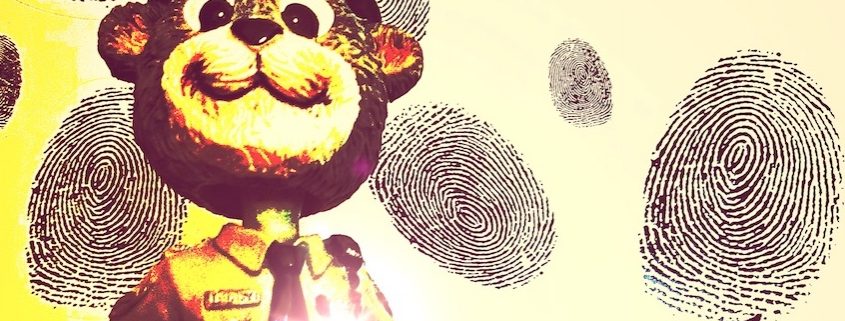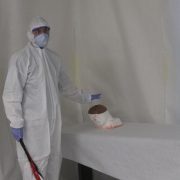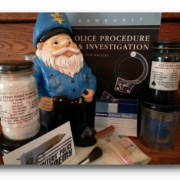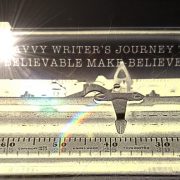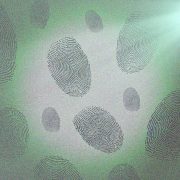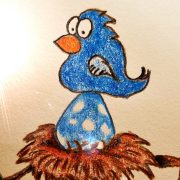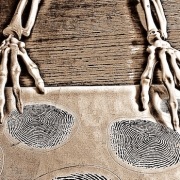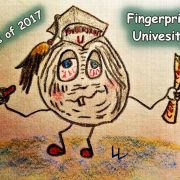No Double-Dipping: Developing Latent Prints on Difficult Surfaces
Processing fingerprints is not alway a simple matter of dipping a brush in a bottle of black powder and then dusting the walls of the homes of notorious bad guys, such as the charming abode of tough guy Ima Stuffstealer.
For example, here are just two of the seemingly endless methods of print development.
DFO (1,8-Diazafluoren-9-One)
DFO is used to develop latent prints on porous surfaces. (click the links throughout this article for additional information and photos)
DFO reacts with the amino acids in perspiration. When this reaction is complete, the developed latent prints will fluoresce with the use of a laser or an alternate light source.
Equipment Used
Scales, graduated cylinder, magnetic stirrer and stirring bar, glass tray, sprayer, laser or alternate light source, oven or iron, dark storage bottles
Materials and Chemicals
• DFO
• Methanol
• Ethyl acetate
• Glacial acetic acid • Petroleum ether
Mixing Procedure
DFO is mixed in two solutions—stock and working.
DFO Stock Solution
DFO … 1 g
Methanol … 200 mL
Ethyl acetate … 200 mL
Glacial acetic acid … 40 mL
Combine the ingredients and place on a stirring device for approximately 20 minutes until the DFO is dissolved.
Working Solution
Dilute the stock solution to 2 L with petroleum ether. The working solution should be a clear gold color.
Processing Procedure
DFO can be dipped or sprayed. When a specimen is processed with DFO, it must be dried and placed in an oven at approximately 100 °C (212 °F) for 20 minutes. If an oven is not available, a dry iron may be used (e.g., a steam iron with the steam turned off).
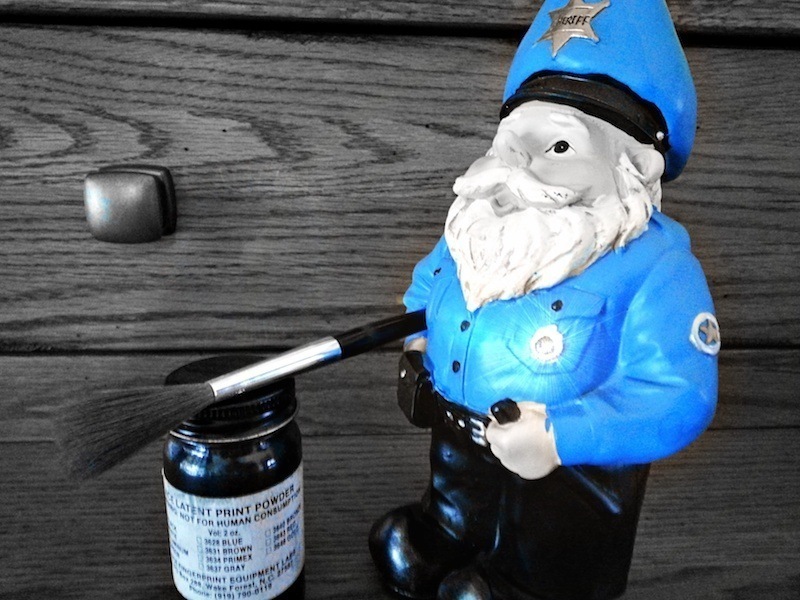
Sergeant Printz
LCV (Leucocrystal Violet)
LCV is used to enhance visual prints (click the link to read more about LCV) and develop latent prints deposited in blood.
*Cyanoacrylate fuming (Superglue) may be detrimental to this process. (click the links throughout this article for additional information and photos)
Equipment
Scales, beakers, magnetic stirrer and stirring bar, sprayer, tissues or paper towels, dark storage bottles
Materials and Chemicals
• Leucocrystal violet (dye content ≥ 90%) • 5-Sulfosalicylic acid (purity ≥ 99%)
• Hydrogen peroxide 3% solution
• Sodium acetate
Mixing Procedure
Hydrogen peroxide 3% … 1000 mL
5-Sulfosalicylic acid … 20 g
Sodium acetate … 7.4 g
LCV … 2 g
Combine ingredients in the order listed and place on a stirring device for approximately 30 minutes.
Processing Procedure
Spraying is the most effective method of application. When spraying, use the finest mist possible because excess application may cause overdevelopment or running of the bloody print. Spray the specimen(s)— the development will occur within 30 seconds—then blot the area with a tissue or paper towel. When the area is dry, the preceding steps can be repeated to possibly improve contrast.
When using the LCV process in direct sunlight, any developed print should be photographed as soon as possible because photoionization may occur, resulting in unwanted background development.
No Double-Dipping!
 Prior to dusting for prints investigators should dump/pour a small amount of print powder onto a piece of clean paper. The use of this powder prevents dipping the brush back into the bottle, a means of cross-contaminating the remaining powder (in the bottle) with DNA and other foreign substances.
Prior to dusting for prints investigators should dump/pour a small amount of print powder onto a piece of clean paper. The use of this powder prevents dipping the brush back into the bottle, a means of cross-contaminating the remaining powder (in the bottle) with DNA and other foreign substances.
*Source – FBI “Processing Guide for Developing Latent Prints”

